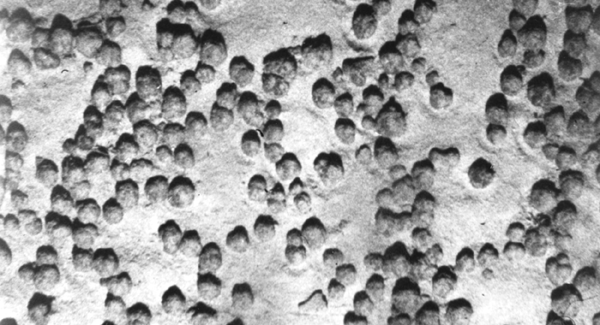Underwater Riches and Natural Resources - Kesler Science Weekly Phenomenon and Graph
I get really excited about the future of electric vehicles. I think about urban smog and fossil fuels and hope we're on the right track. Doesn't it feel like there's always a catch, though? In this case, one issue is the batteries. The power sources for electric vehicles rely on a cocktail of raw materials, which can open a great discussion in your classroom about synthetic materials and natural resources. There's a "goldmine" of connections. 😉
Traditional land mining for materials like lithium, cobalt, and nickel is costly and complicated, so mining companies are eyeing up the vast ocean floors and the bizarre objects called polymetallic nodules.
Deep beneath the waves, polymetallic nodules are rich in the elements needed to run electric vehicles. The areas of the seafloor that they cover almost looks alien!

A new crop of ocean mining ventures are brainstorming ways to mine these nodules, but, here again, it's complicated. Stirring up deep-sea sediment could disrupt the delicate marine ecosystem. There's plenty for your students to research and debate here!
Why are deep-sea mining companies racing to reach these deposits? Have your students take a look at the graph below for the answer!
.png?width=545&height=600&name=4%20Largest%20Manganese%20Reserves%20as%20Compared%20to%20the%20Clarion-Clipperton%20Zone(1).png)
If I brought this graph to my classroom, here are some questions I'd ask to go along with it:
💡Which country has the greatest manganese reserves on land? How many tons does this country have?
💡What is the total amount of manganese available in the top four producing countries? How does this compare to the amount available in the CCZ?
💡Scientific notation is used to express very large numbers. The number 100 written in scientific notation is 1x102 and 2,500 in scientific notation is 2.5 x 103. What is the amount of manganese in South Africa in scientific notation? What is the amount of manganese in the Clarion-Clipperton Zone in scientific notation?



-3.png?width=352&name=Copy%20of%20Heading%20(6%20x%203%20in)-3.png)